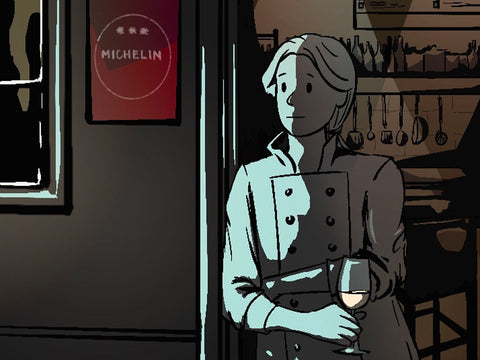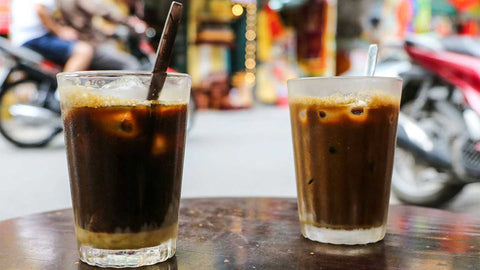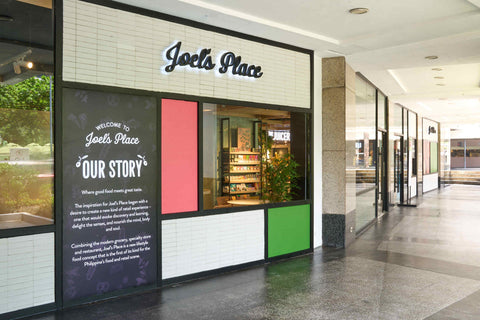The names of many constellations we know today were given by ancient cultures, named after gods, heroes, and other legendary characters from beloved tales within their respective mythos. The way we name stars today isn’t so different—every celebrity of our time is called a star: an iconic figure worthy of praise and renown. And this doesn’t just apply to show business, but also politics, science, the arts, sports—truly, any field humans choose to strive in.
In the world of gastronomy, Michelin is one such legendary name as an influential titan with the power to launch stars itself—by bestowing the coveted Michelin stars.
The triumphant climb of both the Michelin Guide and those within its pages are epics worth recounting, but the footnotes and afterword to their stories also bear remembering. It’s only just that we gaze upon these stars in all their brightness and the shadows they cast.
Shoot for the moon
In late-19th century France, André and Édouard Michelin were enterprising brothers who foresaw that automobiles would become the next big thing. However, at the time they built their tire-selling company, there were only a few thousand cars in the country, road networks were a work in progress, and gasoline was still rare. If they wanted to turn a profit, the brothers needed to help drivers hit the road and keep them there.
Thus began the Michelin Guide—essentially a marketing strategy. This little red book provided “a driver all the necessary information for traveling in France—where to fill his tank, repair his car, as well as where to find a place to sleep and to eat,” as its debut edition described itself. And truly, it was an incredibly helpful, comprehensive resource for the road.
It used to be free of charge, too—until one brother discovered the guidebook being used to prop a garage workbench. Affronted, the brothers concluded that people don’t value things given freely, but they will if it’s earned.
From then on, the guidebook had a price tag; of course, the contents had to justify the cost. They poured over improving content, making quality additions and changes until a revitalized Michelin Guide was released in 1920. Within the same decade, it emerged that the guidebook wasn’t just a handy compendium of road tips anymore—it became a food lover’s roadmap to the best restaurants around.
It was an unexpected opportunity the Michelin brothers were right to pursue. They hired strictly secretive, undercover diners—now known as inspectors—who would eat at various fine dining establishments. To fairly assess if a restaurant was truly worth publishing, multiple inspectors would dine there on different days of the week and times of the day. Then, inspectors would decide in teams whether to award the famed stars.
Going up to only three stars, each tier in the Michelin Guide ranking system means:
- 1 star: “High-quality cooking, worth a stop”
- 2 stars: “Excellent cooking, worth a detour”
- 3 stars: “Exceptional cuisine, worth a special journey”
It’s a meticulous and monumental process. Yet, it is exactly because of that dedicated effort that the Michelin Guide became so trusted and influential, nigh a bible to restaurateurs, chefs, and gourmands. It is what ultimately propelled the little red book that once propped a workbench to legendary fame.
And it is equal effort that it demands from all who aspire to be written in its pages.

Land among the stars
The Michelin Guide’s coverage expanded hand in hand with their influence. Now, there are more than 3,000 Michelin-starred establishments across Europe, Asia, and the Americas. This has put a spotlight on an exhilarating variety of cuisines, teasing palates and broadening minds with exquisite feasts across lands and seas. Indeed, Michelin has raised many a gourmand and brought inspiration and opportunity to chefs from all corners of the globe—both aspiring and veteran, to elevate themselves and their craft onto a world stage.
With that much competition and the exacting criteria to meet, it’s a herculean feat to earn Michelin stars. The intense trials and wills tempered in the fires of the kitchen; to chase the ever-rising heights of creativity, innovation, and excellence of rivals and peers; and the vulnerability to lay it all bare at the feet of unseen judges. These are classic ingredients to any rising hero’s story, who well deserves their rewards.
To receive even one Michelin star is life-changing because it’s an astronomical achievement—and everybody knows it. Newly starred restaurants suddenly find their hands full of eager customers and their reservations. Chef Roberto Alcocer of Valle, a contemporary Mexican restaurant in San Diego, knows this well. Upon being awarded his star, his restaurant was quickly booked back-to-back as far ahead as the next three months, when previously he hadn’t even seen Valle consistently full. It was a boon for business, to say the least.
However, the Michelin Guide’s demanding ranking system doesn’t allow these lauded chefs and restaurants to rest on their laurels. According to Michelin, inspectors still regularly assess even establishments that already have stars. If they satisfy the criteria, it’s an opportunity to obtain more—or otherwise, lose them.
As Michelin stars bring a flood of new customers, their loss can just as easily cause a drought in clientele. Such was the case with Dublin restaurant Thornton’s, whose profits took a sharp dive after losing two stars. While owner and chef Kevin Thornton expressed that it wasn’t the only reason, the loss did play a part in Thornton’s closing.
The weight of a Michelin star can feel like Atlas’ burden. And it’s felt not just in losing them, but even as early as when they’re given. This has started a trend of restaurateurs rejecting Michelin stars or requesting they be removed.
For some, it’s because the famed stars are like a stiff box. After Petersham Nurseries Café was awarded a star, founder and chef Skye Gyngell soon received complaints from customers unfairly expecting a formal dining experience from the rustic café. Meanwhile, chef Julio Biosca of Casa Julio was frustrated by how his star strangled his creativity in the kitchen, boxing him into certain dishes.
While the Michelin Guide did focus on fine dining establishments in its early years, it’s now an inaccurate yet persisting precedent that different-minded chefs and restaurateurs must contend with.
The burden is heavier yet for those whose mental health is whittled away by the pressure of maintaining their stars. Christophe Bellanca, chef and owner of Essential by Christophe confessed that the stress of keeping stars at his previous restaurants ultimately led him to underperform. While Bellanca eventually learned how to cope, it took a more drastic remedy for others—like acclaimed chef Sébastien Bras of three-starred Le Suquet, who lost his desire to cook from suffering such pressure. Only then did the Michelin Guide, for the first time, allow a restaurant to withdraw from its listings.
To shoot for the moon is ambitious, but it has proven to land these determined stars among the heavens, nonetheless. While some may no longer grace the pages of the Michelin Guide, their passion for their culinary craft is no less, however far it carried them. And, ultimately, a Michelin star is a prestigious distinction, but it’s only one of the infinite ways for a chef to shine through what they love to do.





